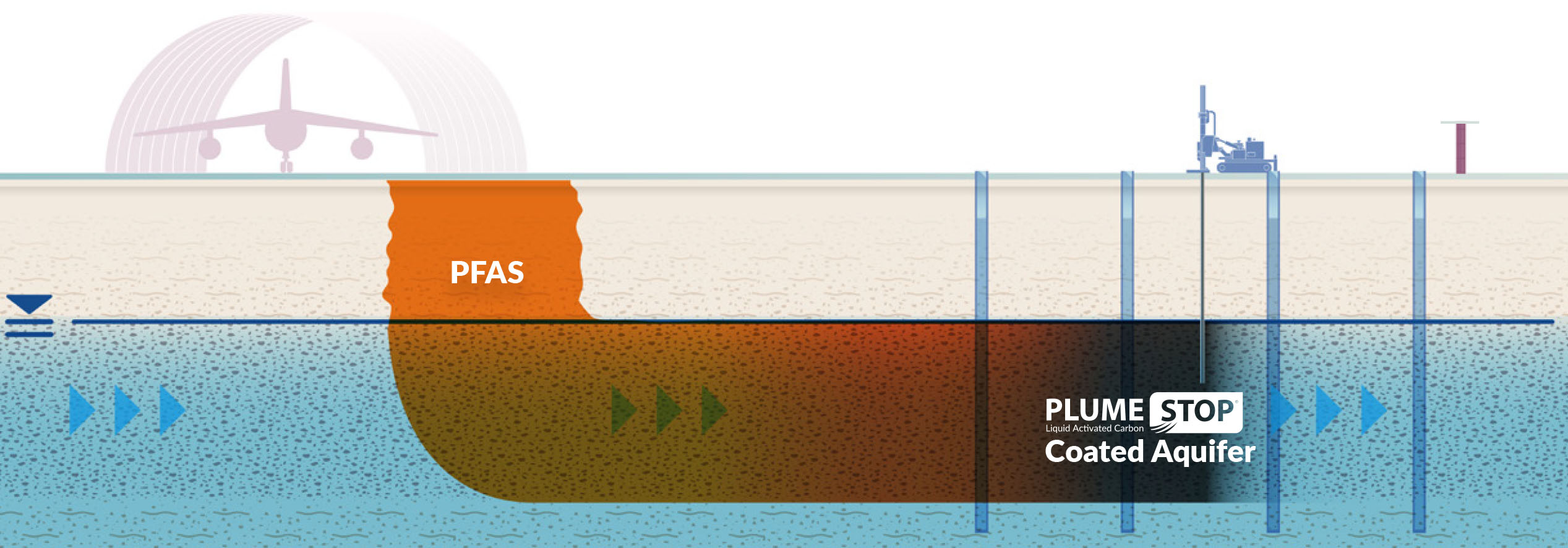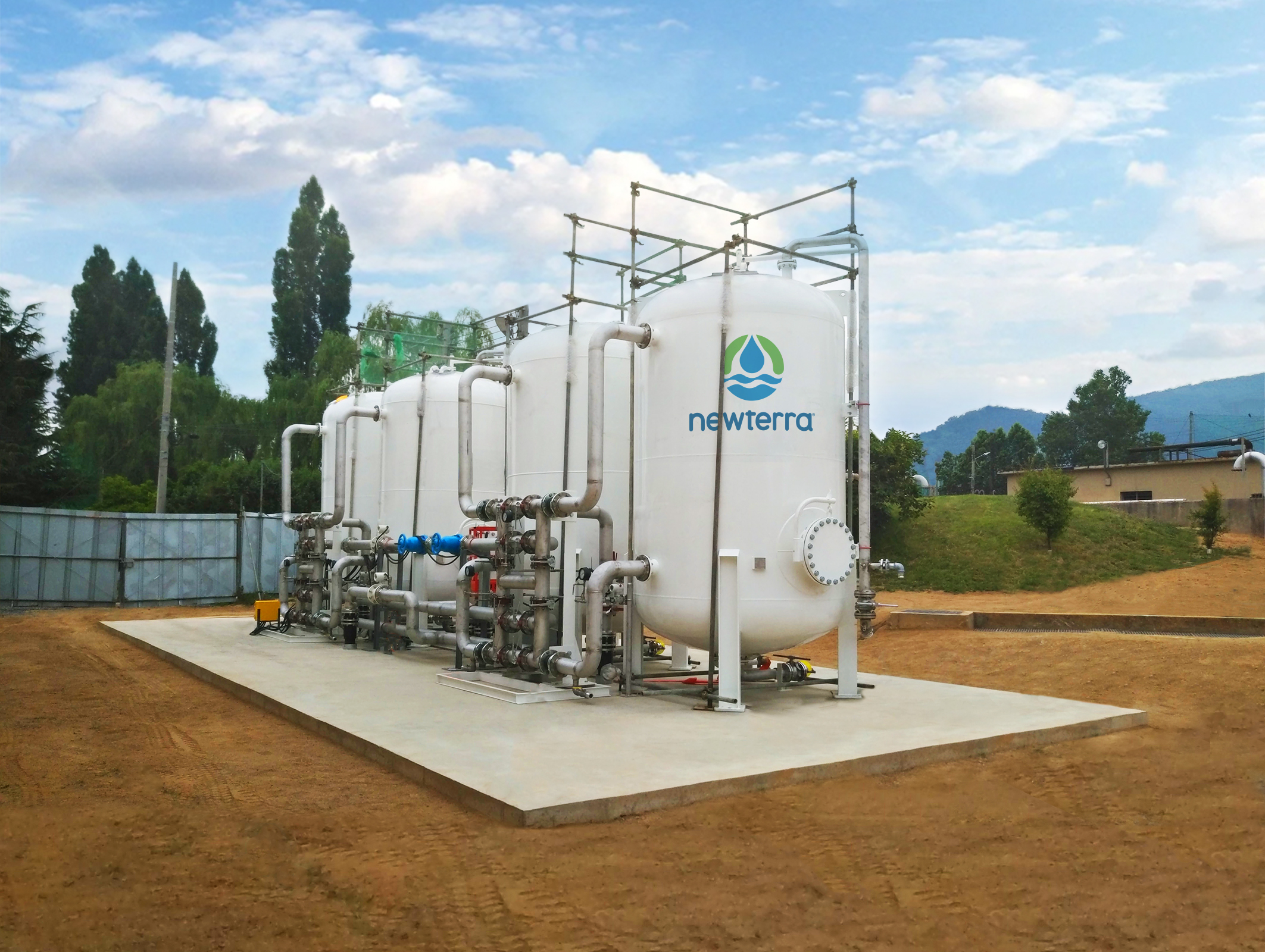PFAS Waste Management in Industrial Operations to Minimize Environmental Harm
Advanced Approaches for Reliable PFAS Contamination Removal
The relentless difficulty of PFAS contamination demands the exploration of advanced elimination approaches that can properly resolve these dangerous substances. Innovative innovations, such as sophisticated oxidation processes and different adsorption strategies, have actually emerged as appealing options in mitigating PFAS from impacted environments.
Recognizing PFAS Characteristics
Although per- and polyfluoroalkyl compounds (PFAS) have been widely utilized in different industrial and consumer products due to their special homes, their perseverance in the atmosphere presents substantial difficulties to public wellness and safety and security. PFAS are a group of artificial chemicals characterized by a carbon-fluorine bond, among the greatest chemical bonds known, which adds to their outstanding stability and resistance to destruction. This stability allows PFAS to gather in the environment and living microorganisms, resulting in prospective adverse health and wellness results.
The hydrophobic and oleophobic nature of PFAS makes them especially reliable in applications such as non-stick finishings, stain-resistant fabrics, and firefighting foams. These very same properties contribute to their environmental persistence, as PFAS do not easily break down through all-natural processes. Their extensive usage has actually led to ubiquitous contamination of water sources and dirts, making complex removal initiatives. Understanding the chemical residential or commercial properties of PFAS is vital for developing effective methods to manage and alleviate their ecological impact. The unique characteristics of these compounds demand a nuanced approach to address the obstacles postured by their existence in communities and potential human exposure.
Ingenious Removal Technologies
The persistence of PFAS in the environment has actually spurred the growth of ingenious removal modern technologies intended at effectively removing these contaminants from affected communities. Amongst one of the most appealing approaches are innovative oxidation processes (AOPs), which make use of powerful oxidants to damage down PFAS substances right into less dangerous substances. AOPs can be tailored to target specific PFAS frameworks, enhancing their efficacy.
Another arising modern technology is the usage of adsorption media, such as turned on carbon and ion exchange materials, which can uniquely record PFAS from infected water. These products have actually revealed considerable removal efficiencies, although periodic replacement and regeneration are essential to keep performance.
Membrane layer filtering techniques, including reverse osmosis and nanofiltration, are likewise gaining grip in PFAS remediation. These methods can effectively separate PFAS from water, providing a viable remedy for treating infected resources. Furthermore, thermal treatment methods, such as incineration, can decay PFAS right into safe by-products, though they call for mindful management to regulate discharges.
Jointly, these innovative remediation modern technologies represent considerable advancements in the recurring fight versus PFAS contamination, using different techniques to restore affected atmospheres and secure public wellness.

Bioremediation Methods
Bioremediation methods provide an encouraging technique to dealing with PFAS contamination by harnessing the all-natural capabilities of microbes to degrade these consistent compounds (m270 waste management). This technique involves using microorganisms, fungis, and other germs that can metabolize or change PFAS substances into less dangerous results
Current developments in molecular biology and environmental microbiology have actually improved our understanding of microbial areas and their prospective roles in PFAS destruction. Scientists are proactively discovering specific pressures of bacteria, such as Pseudomonas and Bacillus, which have shown the capability to break down specific PFAS substances.
Sitting bioremediation strategies, where microorganisms are stimulated directly in contaminated environments, can be especially effective. This strategy frequently involves the application of nutrients or electron donors to advertise microbial development and activity. Additionally, ex-spouse situ methods, such as bioreactors, permit regulated conditions that can optimize degradation prices.
In spite of the assurance of bioremediation, challenges remain, including the complex nature of PFAS compounds and the requirement for extensive field testing - m270 waste management. Proceeded r & d will certainly be crucial to improve these strategies and assess their effectiveness in varied environmental contexts
Adsorption and Filtration Approaches
Attending to PFAS contamination commonly involves more info here using adsorption and filtering methods, which are designed to remove these relentless chemicals from water and soil. Amongst the different strategies, turned on carbon adsorption is widely made use of because of its high area and porosity, allowing effective trapping of PFAS molecules. Granular activated carbon (GAC) systems are especially preferred for treating large quantities of polluted water, while powdered triggered carbon (POLITICAL ACTION COMMITTEE) can be utilized for smaller-scale applications.
Ion exchange resins also show assurance in PFAS removal, operating by exchanging PFAS ions with much less hazardous ions in the water. This technique has actually shown effectiveness in concentrating PFAS substances, promoting their subsequent elimination. In addition, membrane layer filtration strategies, such as reverse osmosis and nanofiltration, operate by utilizing semi-permeable membrane layers to different PFAS from water, properly minimizing their concentrations.
While these approaches work, they have to be meticulously selected based upon the certain PFAS substances present and the environmental context. Continual developments in products science and engineering are leading to the development of unique adsorbents and filtering systems that improve removal efficiencies and minimize functional expenses, therefore improving total removal initiatives.
Regulatory and Plan Factors To Consider
How can effective regulative structures improve the management of PFAS contamination? Thorough plans are vital to make sure a coordinated and robust reaction to the challenges postured by per- and polyfluoroalkyl substances (PFAS) Regulations can develop clear standards for monitoring, reporting, and remediating PFAS-contaminated websites, promoting accountability among industries and public entities. (m270 waste management)

Additionally, monetary incentives and gives can be incorporated into policies to encourage the adoption of advanced remediation innovations. Policymakers need to likewise prioritize study and development, making sure that arising approaches for PFAS removal are verified and applied properly.
Furthermore, public understanding and interaction this are essential components of any kind of governing strategy, encouraging areas to advocate for their health and wellness. Inevitably, a well-structured governing environment will not just improve the management of PFAS contamination however likewise advertise lasting techniques that secure future generations.
Final Thought
In recap, the complexity of PFAS contamination demands the fostering of next page innovative removal methods. Proceeded study and growth in this area continue to be essential to addressing the challenges postured by PFAS contamination.